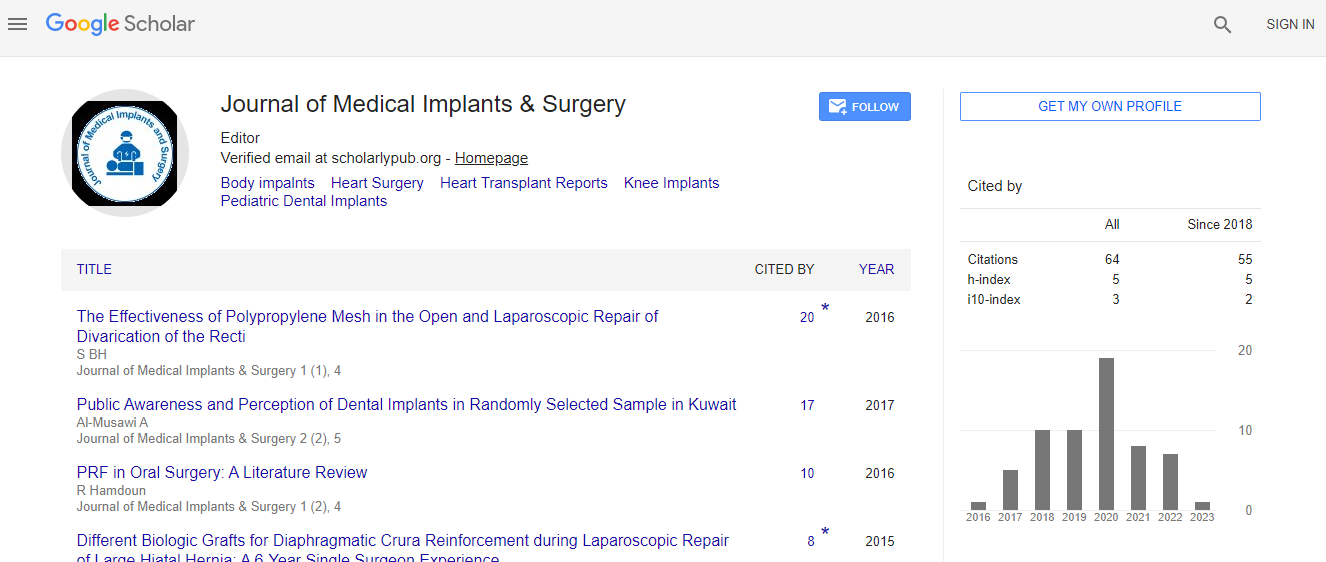Laparoscopic Versus Open Appendectomy in Children with Complicated Appendicitis in a Tertiary Teaching Hospital
Abstract
Background- Acute appendicitis in children is the most
common surgical emergency. Good outcomes have been
reported with laparoscopic appendectomy (LA) in children
for uncomplicated
appendicitis. But the use of laparoscopy for complicated
appendicitis in children is more controversial. Higher
incidences of postoperative abdominal and wound infections
have been reported. The purpose of this study was
to compare LA and open appendectomy (OA) for complicated
appendicitis in children.
Methodology- This was a prospective study conducted by
the department of Pediatric surgery over a period of 4
years from January 2015 to January 2019. All the children
with complicated appendicitis were included in the study
(perforation with localised/generalised abscess, appendicular,
gangrenous appendix). Children with simple appendicitis
were excluded from the study. In the study period
80 children presented with complicated appendicitis. 40
children underwent open appendectomy and remaining
40 underwent laparoscopic appendectomy. Data collection
included demographics, duration of symptoms, type
of complicated appendicitis, operative time, resumption
of diet, early and late complication, length of hospitalization
and duration of antibiotic use.
Results- No significant difference was found with respect
to age, duration of symptoms and total
leucocyte count between two groups. The operative time
for LA (55.83 ±4.81 minutes for LA vs 67.16 ±4.27 minutes
for OA; P = .0001) was shorter. Patients in the LA
group returned to oral intake earlier (2.83 ±0.31 days for
LA vs 3.84 ±0.33 days for OA; P =.001) and had a shorter
length of hospital stay (5.11 ±0.55 days for LA vs 7.92
±1.06 days for OA; P = .0001). The incidence of wound
infection in group LA was 5.5% compared to 18.9% in
OA group.
Conclusion- The laparoscopic technique for complicated
appendicitis in children is feasible, safe.
Laparoscopic appendectomy should be the initial procedure
of choice for most cases of complicated

 Spanish
Spanish  Chinese
Chinese  Russian
Russian  German
German  French
French  Japanese
Japanese  Portuguese
Portuguese  Hindi
Hindi 